Are you one of those people who slather on sunscreen only because it’s recommended, without really understanding how it works? Or do you avoid wearing any at all? Either way, it’s time to delve into the science behind sunscreen and discover its amazing benefits. In this post, we’ll explore how sunscreen protects your skin from harmful UV rays and why using it should be an essential part of your daily skincare routine. So grab a seat and prepare to be enlightened!
What is Sunscreen?
Sunscreen is a lotion, spray, gel, or other topical product that contains ingredients that reflect or scatter ultraviolet (UV) light. These ingredients protect the skin from the sun’s harmful UV rays.
Sunscreen is important because it helps prevent sunburn, skin cancer, and other harmful effects of too much sun exposure. It is especially important for people who have fair skin, are outdoors a lot, or have a history of skin cancer.
Most sunscreens need to be reapplied every 2 to 3 hours to work properly. Be sure to follow the instructions on the label.
Benefits of Sunscreen
Sunscreen is more than just a lotion that you put on before heading outside. It’s a complex product that has been designed to protect your skin from the harmful effects of the sun’s ultraviolet (UV) rays.
When used as directed, sunscreen can help prevent sunburn, skin cancer, and other types of skin damage. It can also help prevent premature aging of the skin.
There are two main types of UV rays: UVA and UVB. Both types can damage the skin, but UVB rays are the primary cause of sunburn. UVA rays are associated with longer-term skin damage, such as premature aging and wrinkling.
Sunscreen works by absorbing, reflecting, or scattering sunlight before it reaches your skin. Some sunscreens contain chemicals that absorb UV rays; others contain minerals that reflect or scatter sunlight away from the skin.
The SPF (sun protection factor) is a measure of how well a sunscreen will protect your skin from UVB rays. The higher the SPF number, the greater the level of protection. However, no sunscreen provides 100% protection from UV rays, so it’s important to use other forms of sun protection as well, such as clothing and shade.
In addition to its SPF rating, look for a sunscreen that is marked “broad spectrum” or “UVA/UVB protection.”
How Does Sunscreen Work?
Most sunscreen works by using a combination of physical and chemical filters to reflect, scatter, and absorb ultraviolet (UV) light.
Physical sunscreens contain titanium dioxide or zinc oxide particles that sit on top of the skin and reflect UV rays away from the body. Chemical sunscreens work in a different way; they absorb UV rays and convert them into heat, which is then released from the skin.
Both types of sunscreen are effective at protecting the skin from harmful UV rays, but there are some differences between them. Physical sunscreens tend to be less irritating to the skin than chemical sunscreens, and they provide better protection against UVA rays. Chemical sunscreens are more likely to cause skin irritation, but they provide better protection against UVB rays.
It’s important to choose a sunscreen that provides both UVA and UVB protection (known as “broad-spectrum” protection), because both types of UV radiation can damage the skin. The best way to protect yourself from the sun is to use a broad-spectrum sunscreen with an SPF of 30 or higher, and to reapply it every 2 hours or after swimming or sweating.
Different Types of Sunscreen
There are two main types of sunscreen: chemical and physical. Chemical sunscreens work by absorbing UV rays, while physical sunscreens work by reflecting them. Both types are effective at protecting your skin from the harmful effects of the sun.
Chemical sunscreens are typically made with a combination of several different chemicals, including oxybenzone, avobenzone, octisalate, octocrylene, homosalate, and octinoxate. These chemicals work together to absorb UV rays and prevent them from penetrating the skin.
Physical sunscreens are usually made with zinc oxide or titanium dioxide. These ingredients work by reflecting UV rays away from the skin. Physical sunscreens are often used in products that are marketed as “natural” or “mineral” because they do not contain any synthetic chemicals.
Both chemical and physical sunscreens have their own advantages and disadvantages. Chemical sunscreens tend to be more lightweight and less visible on the skin, but they can sometimes irritate sensitive skin. Physical sunscreens are often thicker and more visible on the skin, but they are less likely to cause irritation.
The best sunscreen is one that contains both chemical and physical ingredients. This type of sunscreen will provide the best protection against both UVA and UVB rays.
Application Tips for Sunscreen
When it comes to sunscreen, there are a few things you should keep in mind in order to get the most out of its protective qualities. First, be sure to apply sunscreen liberally and evenly over all exposed skin, including the face, neck, ears, and hands. It’s also important to reapply sunscreen every two hours, or more frequently if you’re sweating or swimming.
In addition to applying sunscreen regularly, you can also take other measures to protect your skin from the sun’s harmful rays. Wear protective clothing, such as long-sleeved shirts and pants, when spending extended periods of time outdoors. And seek shade whenever possible. By following these simple tips, you can help ensure that your skin stays healthy and protected all summer long.
Conclusion
Sunscreen is an essential part of any skincare routine. It helps protect your skin from the sun’s harmful UV rays which can cause premature aging, sunburns, and even skin cancer. Understanding how sunscreen works and what ingredients to look for will help you find the best product for your needs. Don’t forget to always re-apply every two hours when out in the sun for maximum protection from potential damage!




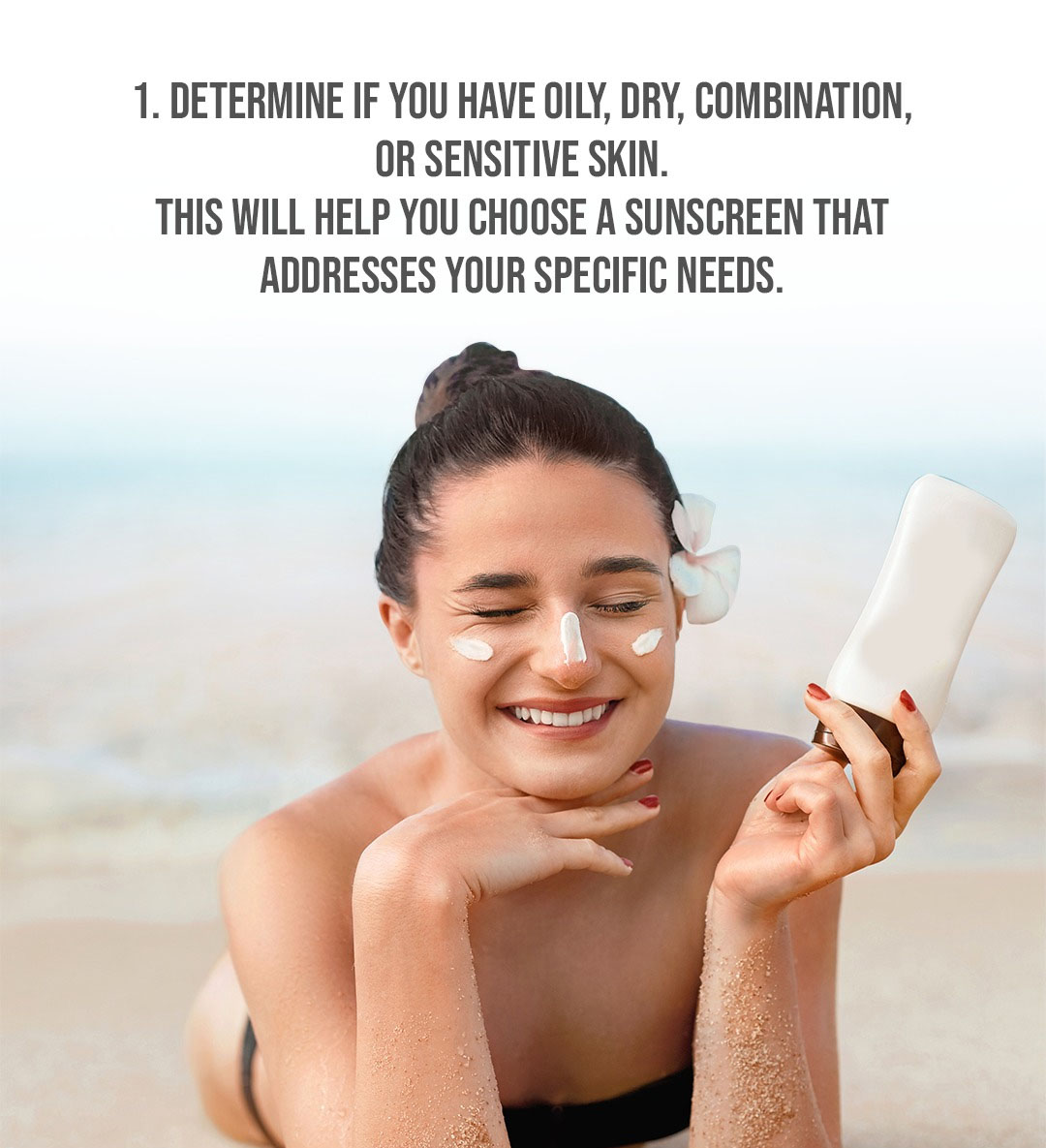
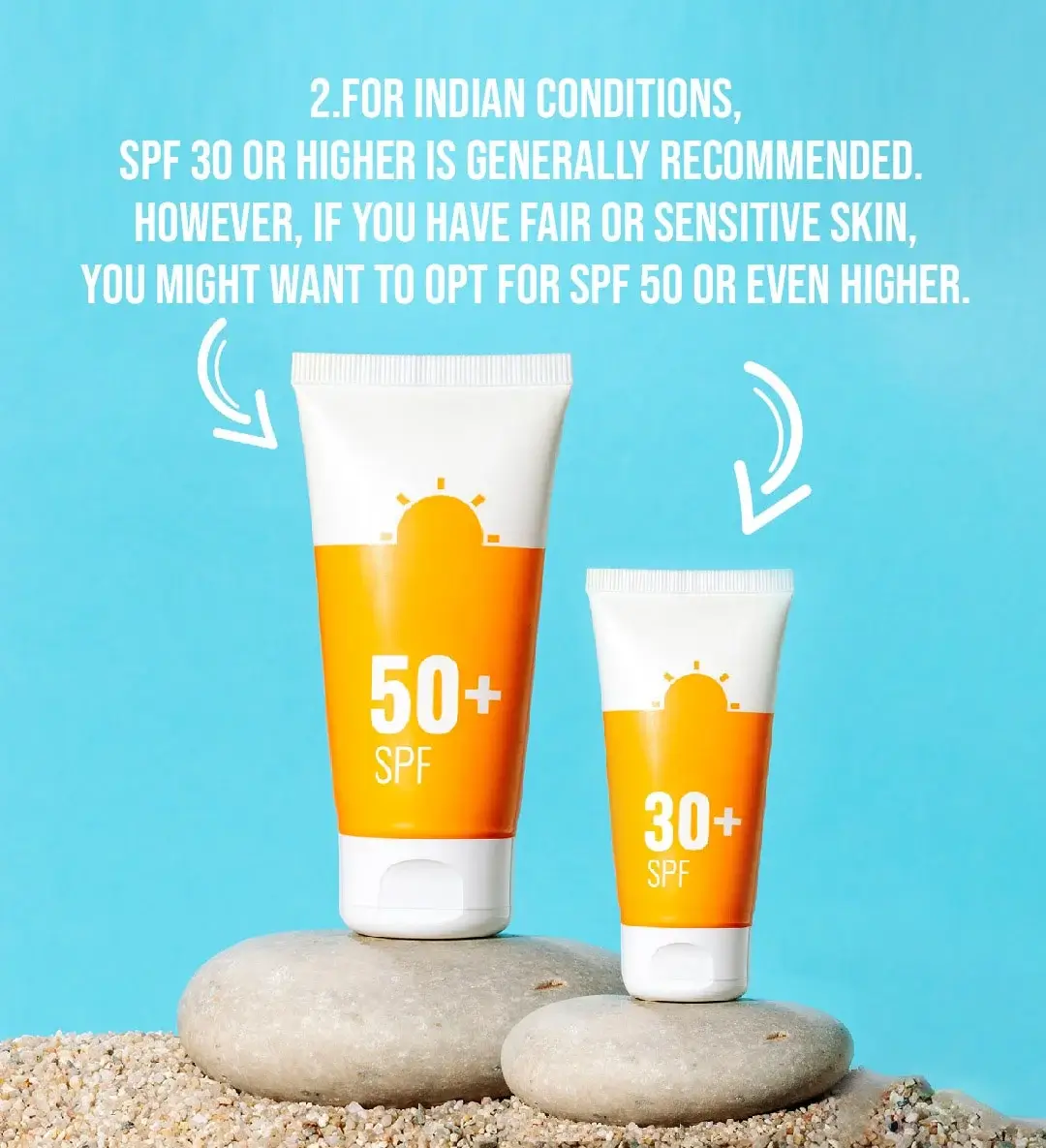
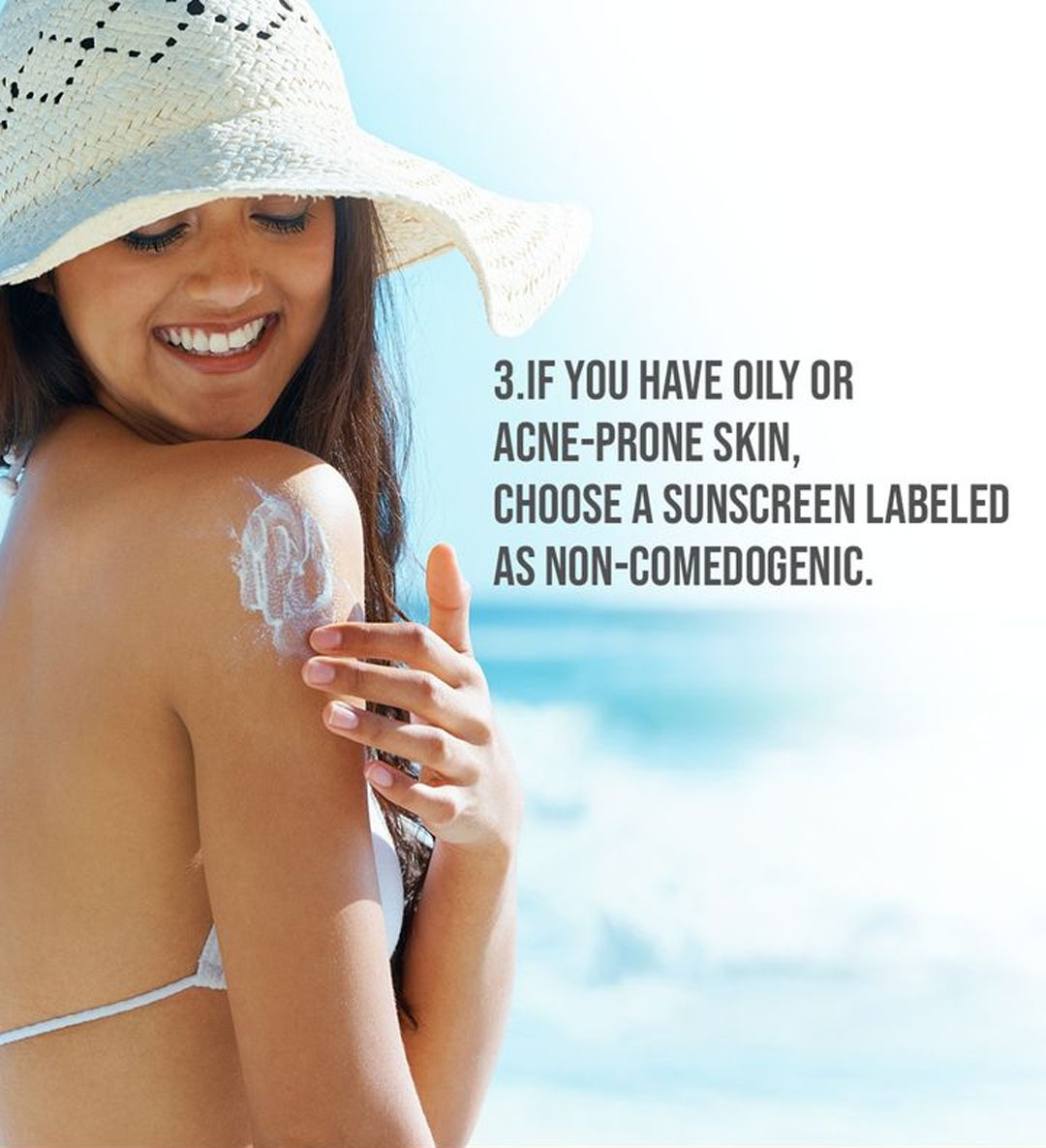



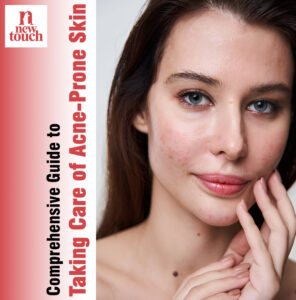
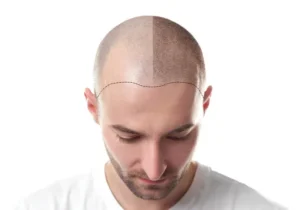
Be the first one to comment!
Leave A Reply
Your email address will not be published. Required fields are marked *